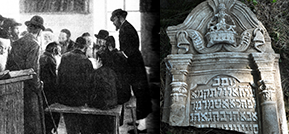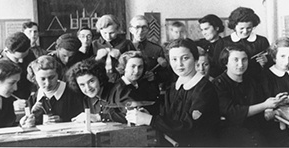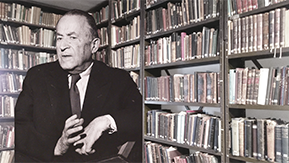The 13th Annual JGB Expedition for documentation of Jewish cemeteries worked this year in the central city of Southern Bukovina - Suceava (Romania). The first Jews settled in this crucial trading center of the Principality of Moldova in the Middle Ages. Still, an organized Jewish community emerged only in the 18th century. After a temporary decline associated with the annexation of Bukovina to the Austrian Empire in 1774, the city's Jewish community began to develop intensively, mainly due to immigration from Galicia. In 1880, the Jewish population of Suceava numbered 3,750 people and constituted about a third of the city's total population.
Of the 12 houses of worship and synagogues operated in Suceava between the wars, only one survived - the Gmilut Hassadim synagogue, founded in 1870. Today, it is the only place of prayer for the local community. The old Jewish Quarter of the city was also demolished. However, 4 out of 5 Jewish cemeteries in Suceava remain in a relatively high degree of preservation. These are the first Jewish cemetery, the Old Jewish Cemetery, still in operation today, and two cemeteries in the neighborhoods of Ițcani and Burdujeni, former suburb settlements now in the city. Another cemetery in Burdujeni is almost completely devastated, and only a few surviving monuments are piled up on its edge.

Our small group worked at the oldest Jewish cemetery, located near the city center. Apparently, it was in use from the very beginning of the Jewish settlement until the end of the 19th century. Access to the monuments was practically impossible for decades due to impenetrable thickets covering the entire cemetery territory. But thanks to the enormous work of cleaning the cemetery, organized by the Jewish community of Suceava before our arrival, we could uncover, clean, and document almost all the surviving tombstones - about 750 monuments.

Most of them date back to the 19th century, but we also discovered earlier tombstones - from the end of the 18th century. Among them is a tomb, which locals revere as the burial place of a legendary Jewish physician and teacher of Moldovian prince Stefan the Great (actually, the gravestone on it is from the second half of the 18th century.)

The monuments we documented are distinguished by their extraordinary decorative richness; some are real masterpieces of stone-cutting art with an elaborate program of rich ornaments, flowers, decorative vases, and mystical and heraldic symbols. Along with the tombstones at the old Siret cemetery (which was documented by JGB Organization in 2022), they are unique monuments of Jewish culture in Bukovina.

We are deeply grateful to the Jewish community of Suceava, which provided us with invaluable assistance in studying and processing this treasury of Jewish material culture of Bukovina.
All findings of the expedition will be accessible on the JGB Organization site in the near future.
Local media covered the work of the delegation.






